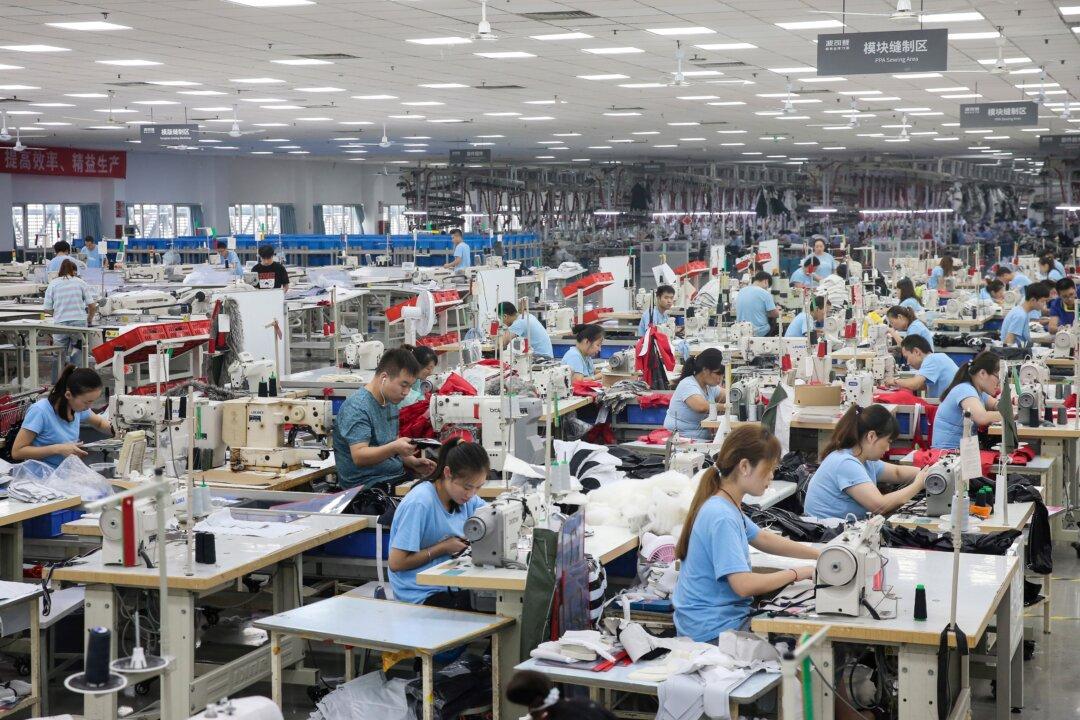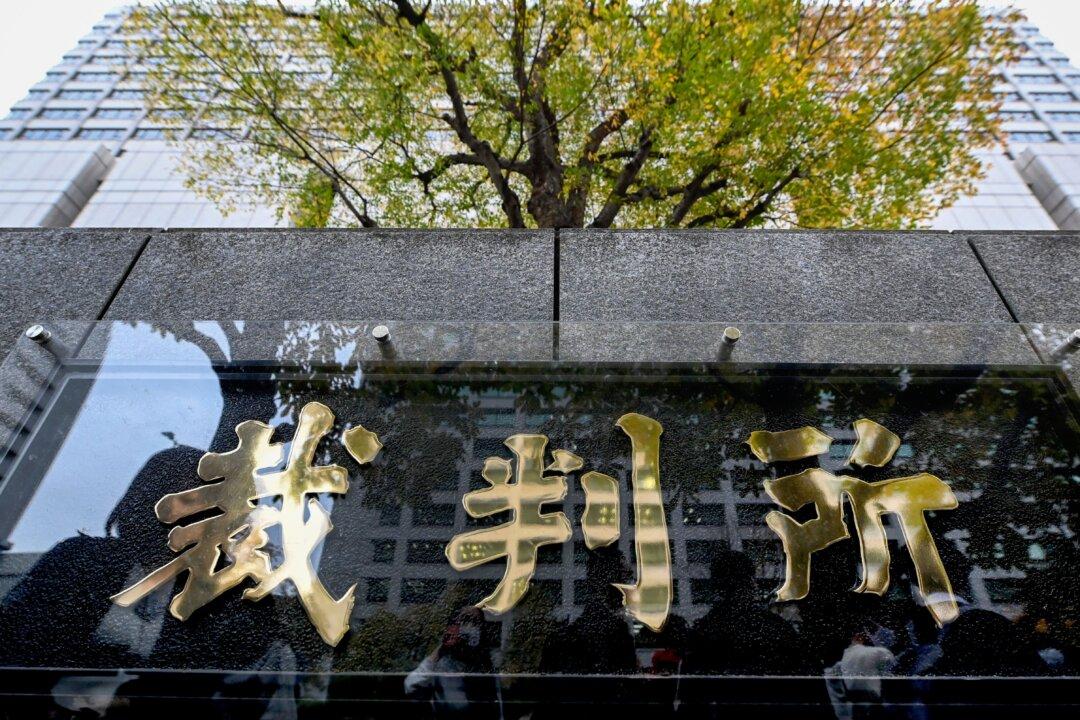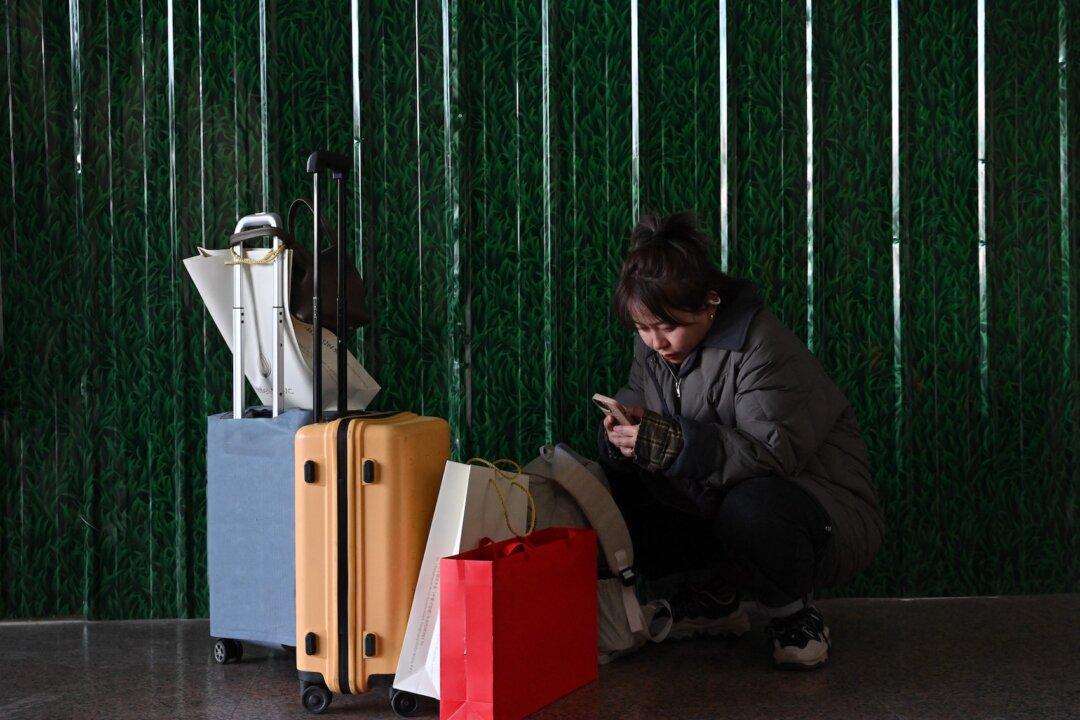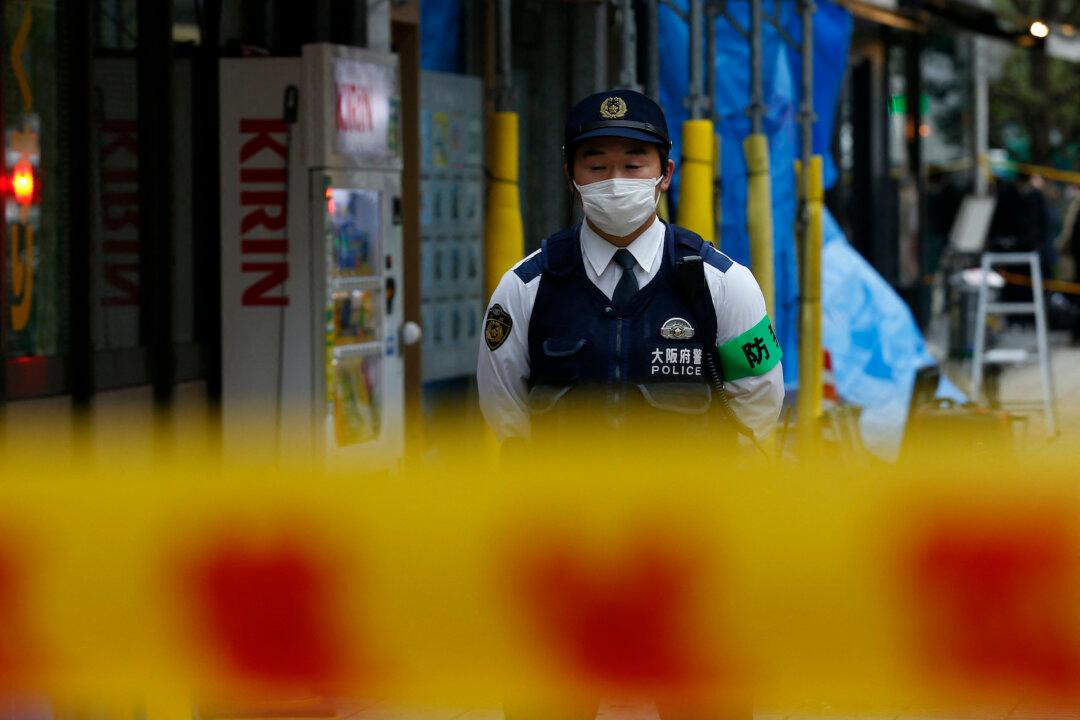China has seen a large number of clothing orders canceled by international buyers in the wake of the COVID-19 pandemic and the U.S.-China trade war, with many of these orders having been transferred to Bangladesh, the world’s second-largest garment processing exporter.
Ahsan H. Mansur, executive director of the Bangladesh Policy Institute, said that Bangladesh is expected to overtake China and become the EU’s largest garment exporter.





